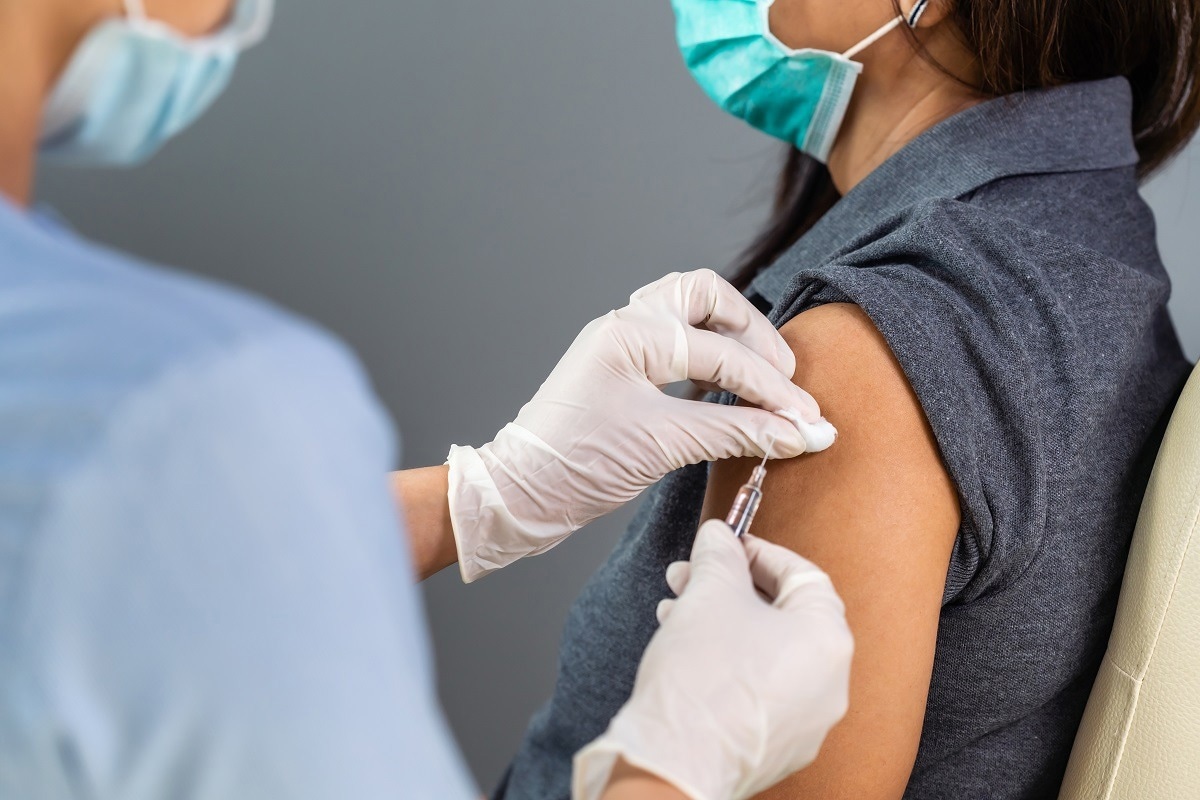In a recent study published in Science, researchers assessed a panel of seven severe acute respiratory syndrome coronavirus 2 (SARS-CoV-2) vaccines currently available globally and in the United States (US) and immunity acquired through the previous infection against all Omicron subvariants.
 Study: Omicron spike function and neutralizing activity elicited by a comprehensive panel of vaccines. Image Credit: BaLL LunLa/Shutterstock
Study: Omicron spike function and neutralizing activity elicited by a comprehensive panel of vaccines. Image Credit: BaLL LunLa/Shutterstock
Background
SARS-CoV-2's most recent variant of concern (VOC) Omicron, with its potential to evade the host's infection-combating strategies, is fitter and more transmissible than its predecessors. It has evolved into several sublineages, and the most dangerous Omicron BA.5 sub-variant shall soon dominate globally by replacing other variants. Due to the rise in breakthrough infections and the enhanced transmissibility of Omicron BA.5., the US government is considering recommending a second dose of booster vaccination for adults below 50 years of age.
SARS-CoV-2 vaccines utilize the spike (S) glycoprotein (sometimes only the receptor-binding domain (RBD)) or (inactivated) virus and an array of delivery technologies. Although Omicron subvariants have severely blunted the protective immunity induced by the primary vaccine series or prior infection, preliminary studies have pointed to the potential of booster vaccination to elicit neutralizing antibodies against Omicron subvariants.
About the study
In the present study, researchers first examined the functional impact of the mutations in the Omicron subvariants S proteins – that gives it a crown-like appearance and enables fusion with the host cells crucial for establishing an infection. Next, they evaluated the neutralizing activity elicited by vaccines or prior infection against all Omicron subvariants. They created vesicular stomatitis virus (VSV) pseudotyped with the SARS-CoV-2 Wuhan-Hu-1 S harboring the D614G, BA.2.12.1, BA.1, BA.2, or BA.4/5 mutations.
Further, the researchers used VeroE6 cells expressing transmembrane protease serine 2 (TMPRSS2) to propagate VSVs in the presence of vaccinee or convalescent plasma, obtained early in the pandemic. They determined a plasma neutralizing geometric mean titer (GMT) of neutralizing activity against any of the four tested Omicron sublineages. The researchers also evaluated the Omicron subvariant neutralizing antibodies elicited by vaccines mRNA-1273, BNT162b2, Ad26.COV2, AZD1222, NVX-CoV2373, Sputnik V, and BBIBP-CorV vaccines. The primary vaccine series of six vaccines consisted of two doses, except for Ad26.COV2.
They measured and compared the benefits of vaccine boosters on the plasma neutralizing activity against the ancestral SARS-CoV-2 virus and the Omicron subvariants. Additionally, they assessed and compared the benefits of homologous or heterologous vaccine boosters.
Study findings
Biolayer interferometry (BLI) and surface plasmon resonance (SPR) results showed that the angiotensin-converting enzyme 2 (ACE2)-binding affinity of the Omicron BA.4/5 RBD was the greatest among all the tested RBDs. It bound ACE2 more than six times stronger than the ancestral SARS-CoV-2 Wuhan-Hu1 strain. Conversely, all Omicron subvariants were slower than Wuhan-Hu-1 and the Delta VOC at fusing with the membrane on the host cell, a phenomenon called fusogenicity. The researchers hypothesized that a more robust ACE2-binding capacity compensated for Omicron's weaker fusogenicity.
Only five serum samples of the 24 early-pandemic samples had detectable neutralizing activity against any of the Omicron sublineages tested, and even their response was weak. Based on the magnitude of evasion of polyclonal serum neutralizing antibody responses for Omicron sublineages in vaccinated individuals, the authors confirmed that the Omicron BA.5 subvariant would be the most immune evasive SARS-CoV-2 variant to date. Additionally, the type of vaccine had little effect on the elicited neutralizing antibody responses against Omicron sub-variants. Compared to BA.2 and BA.2.12.1, the authors observed a consistently higher magnitude of neutralizing antibody responses for BA.1 and BA.4 sub-variants.
After the primary vaccination, three subjects had detectable neutralizing activity against Omicron sublineages in HEK293T/ACE2 target cells. However, all except one participant had weak but detectable neutralizing activity against Omicron VSV pseudotypes in VeroE6/TMPRSS2 cells. The finding confirmed the role of target cell lines or viral entry routes in neutralization assays on the observed GMT values.
Conclusions
Overall, all four Omicron sub-variants examined in the current study had increased ACE2 binding affinity and decreased fusogenicity but exceptional neutralizing antibody evading potential compared to the ancestral Wuhan-Hu-1 and Delta VOC. Together, the study data justify the rapid transmission of Omicron sublineages worldwide and the reasons for the continuous rise in the prevalence of the Omicron BA.4 and BA.5 sub-variants.
Furthermore, the current study highlighted that despite the exceptional immune evading potential of Omicron subvariants, additional booster doses with currently available vaccines could confer strong protection against severe disease due to breakthrough infections. The study authors emphasized the importance of evaluating the time interval between vaccination doses to increase the breadth and strength of the neutralizing antibody responses against new and yet to emerge SARS-CoV-2 VOCs. They also stressed the importance of continuous surveillance to detect new SARS-CoV-2 variants early. Most importantly, the authors recommended frequent evaluations of current COVID-19 vaccines and sustained efforts to develop and test new vaccines as a preparedness measure against the entire contingency of sarbecoviruses.